SUMMARY
This is AI generated summarization, which may have errors. For context, always refer to the full article.
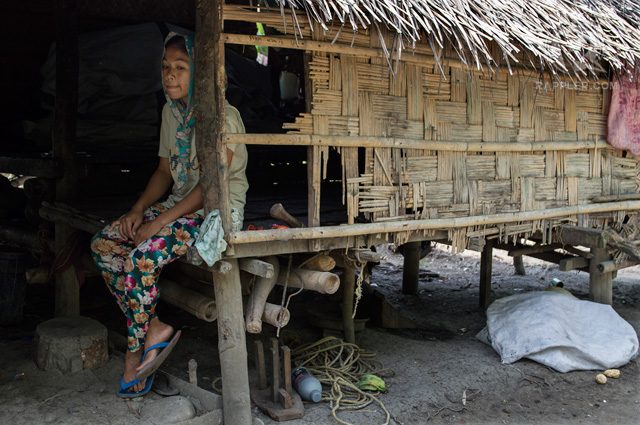
Editor’s Note: Leah Valle is an artist from southern Mindanao. She is part of the KILAB documentary team that has been documenting the Moros for almost two years now. She was also part of the people’s fact-finding mission for truth and accountability last February 9-11 spearheaded by Suara Bangsamoro and Kawagib. All information and photos she took were first-hand, with the help of an interpreter. We are sharing her story as viewed from her lenses.
MAGUINDANAO, Philippines – She is young, only at least 19 years old. With two mouths to feed, Sarah Langalen, in her frail frame looked at me with helpless eyes. As she fidgeted, it became apparent that sleep has now become a luxury.
Her children are not in school. In fact, only 100 out of the 600 public school students attend class. Kids cower and parents become nervous after sunset.
And while some went back to their livelihoods, many are not harvesting corn any time soon because no one wants to wander around the fields. The civilians are scared government soldiers will murder them without discrimination because they are Moros. Their fear grew when 4 sleeping Moro Islamic Liberation Front (MILF) fighters resting inside the mosque were shot to death.
Shortly before the Mamasapano incident happened on January 25, Sarah’s husband, Badrudin Langalen, with his cow in tow, was on his way home from the cornfields to charge his cellphone when the SAF commandos, on the assumption that he was an MILF fighter, captured him.
When the fighting between the MILF and the SAF finally started, with his hands tied behind his back, the helpless Badrudin and his cow got caught in the crossfire.
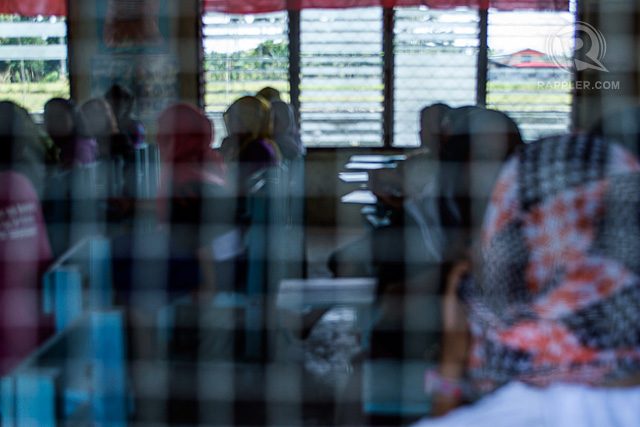
It was 5 am, January 25. By 6 in the evening, Badrudin’s face was unrecognizable. He was identified through his tattered clothes.
He was only 21 – too young to die. Dying was probably the last thing on his mind. Death is too much of a punishment for being at the wrong place at the wrong time. In war, rules of engagement protect combatants who are incapable of fighting back. What protection was there for a wandering civilian like him?
But fate is cruel and Badrudin, a non-combatant, a farmer, and a father of two, fatally ran out of luck. In the face of political turmoil and the growing clamor for justice for the fallen 44, the Moro civilians, like Badrudin, are caught in the crossfire. No one is ensuring their rights as Moros and as civilians. They feel ignored, invisible, and undervalued.
This is not the first time. Sarah, along with the other women of Barangay Tukanalipao, Mamasapano, fear that this will not be the last.
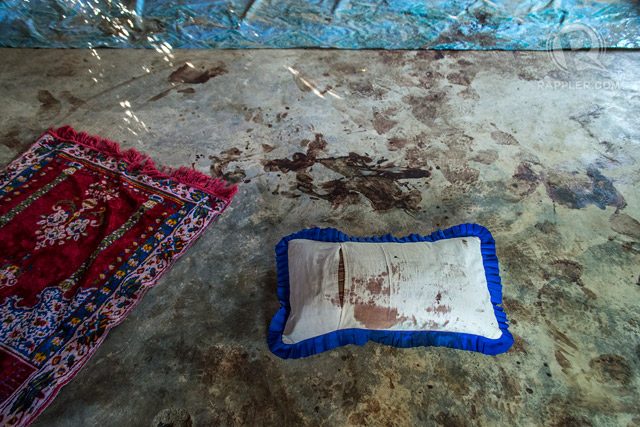
“We are Filipinos, too. From this incident, we had our share of deaths,” she said.
Residents in Mamasapano claimed there were arbitrary killings and indiscriminate firing. While the assault teams were fighting the MILF in the fields, other soldiers on standby in communities opened fire, killing innocent civilians.
Even Moro residents hiding in their homes were also shot. Samra Sampulna and her family woke up to a staccato of gunfire. She survived with her cheek grazed with a bullet. Her daughter Sarah Pangulon, only 8, died from gunshot wounds.
“We, too, are victims”
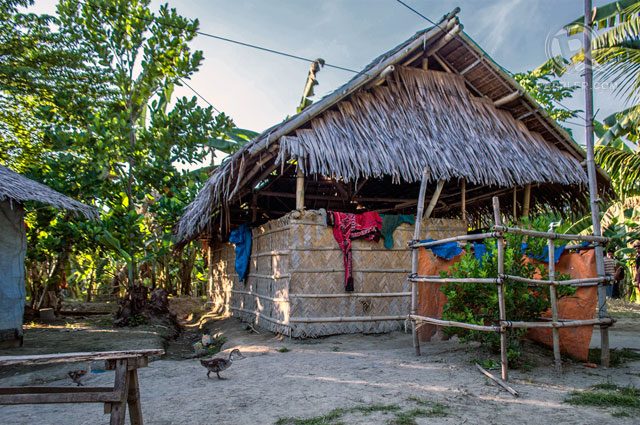
And while the country celebrates its soldier’s bravery, the Moro civilians’ pleas for justice almost always go unheard. At the end of the day, all they could really do is silently bury their dead.
Sarah Langalen learned of her husband’s death the next morning. The Moro culture of burying their dead before sundown made it impossible for her to gaze, for the last time, at her husband’s corpse. Her last memory of him before he was riddled with bullets had to be enough for her mourning.
Badrudin’s widow had to content herself that her husband, at least, was given a simple but proper burial. Looking at his lifeless body wouldn’t bring him back.
Nothing will.
Nothing ever will.
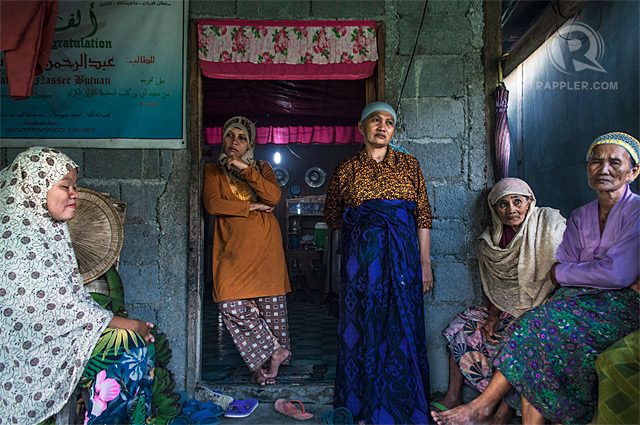
– Rappler.com
Leah Valle’s main medium is photography. She is also involved in various women empowerment projects in the Philippines and abroad. View some of her works at Leahvalle.com.
Add a comment
How does this make you feel?
There are no comments yet. Add your comment to start the conversation.